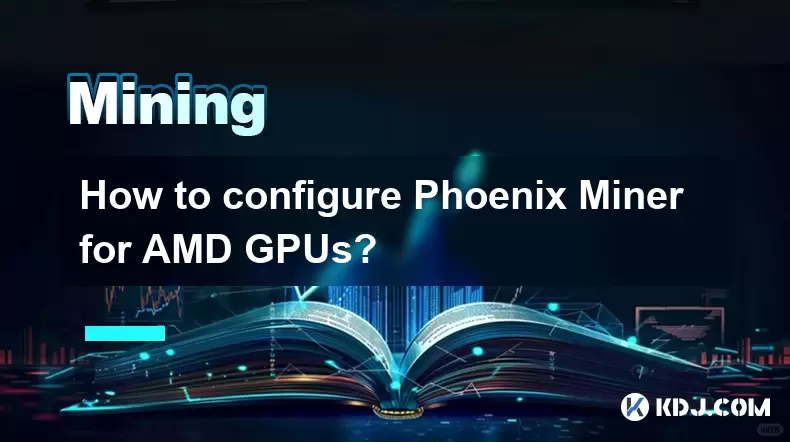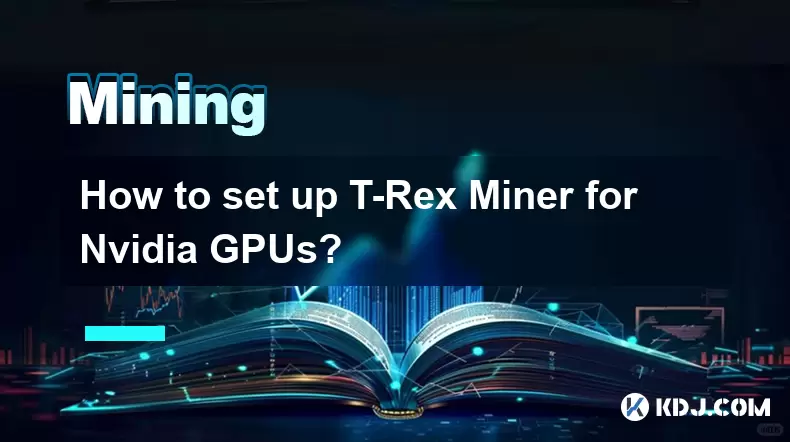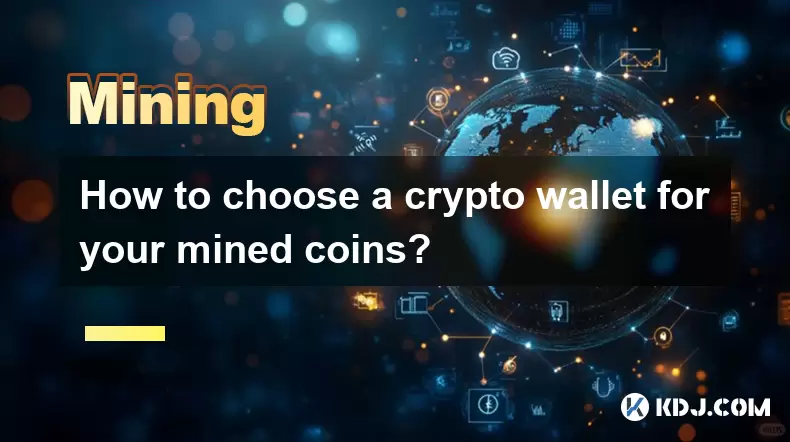-
 Bitcoin
Bitcoin $118300
0.52% -
 Ethereum
Ethereum $4541
1.94% -
 XRP
XRP $3.126
-0.88% -
 Tether USDt
Tether USDt $1.000
-0.04% -
 BNB
BNB $862.3
3.21% -
 Solana
Solana $192.7
2.37% -
 USDC
USDC $0.9999
0.00% -
 Dogecoin
Dogecoin $0.2337
-0.45% -
 Cardano
Cardano $0.9547
0.21% -
 TRON
TRON $0.3518
-0.76% -
 Chainlink
Chainlink $24.56
12.38% -
 Hyperliquid
Hyperliquid $47.56
0.55% -
 Stellar
Stellar $0.4311
-0.42% -
 Sui
Sui $3.816
1.91% -
 Bitcoin Cash
Bitcoin Cash $589.6
-0.53% -
 Ethena USDe
Ethena USDe $1.001
0.00% -
 Hedera
Hedera $0.2556
1.43% -
 Avalanche
Avalanche $24.75
3.13% -
 Litecoin
Litecoin $122.0
2.66% -
 Toncoin
Toncoin $3.488
-0.17% -
 UNUS SED LEO
UNUS SED LEO $9.454
-1.21% -
 Shiba Inu
Shiba Inu $0.00001317
0.95% -
 Uniswap
Uniswap $11.17
1.80% -
 Polkadot
Polkadot $4.053
2.26% -
 Dai
Dai $0.9999
-0.02% -
 Bitget Token
Bitget Token $4.698
1.81% -
 Cronos
Cronos $0.1530
1.57% -
 Monero
Monero $265.8
10.83% -
 Ethena
Ethena $0.7333
1.63% -
 Pepe
Pepe $0.00001122
2.74%
How to Mine Bitcoin Tutorial
To partake in Bitcoin mining, prospective miners assemble a dedicated hardware and software setup, comprising a specialized "mining rig" equipped with powerful graphics processing units (GPUs) and a suitable mining software to facilitate the complex mathematical calculations required for securing the network and generating new Bitcoins.
Jan 11, 2025 at 10:52 pm

Key Points:
- Understanding Bitcoin Mining
- Essential Hardware and Software for Mining
- Selecting a Mining Pool
- Setting Up Your Mining Rig
- Troubleshooting Common Mining Issues
- Monitoring Mining Performance
Comprehensive Guide to Bitcoin Mining
Grasping Bitcoin Mining
Bitcoin mining is the process of verifying and adding new blocks of transactions to the Bitcoin blockchain. Miners, utilizing specialized computers, solve complex mathematical equations to secure the network and generate new Bitcoins as a reward.
Prepping Your Hardware and Software
- Mining Rig: This consists of a motherboard, CPU, GPU (Graphics Processing Unit), power supply, and cooling system.
- Mining Software: Dedicated software that facilitates the communication between your hardware and the Bitcoin network, such as CGMiner or SRBMiner.
Enlisting in a Mining Pool
Joining a mining pool increases your chances of earning rewards. These pools combine computing power from multiple miners, increasing the probability of solving a block.
Assembling Your Mining Rig
- Motherboard: Choose a motherboard that supports the required number of GPUs and other components.
- CPU: Select a CPU that can handle the mining software and provide sufficient computing power.
- GPU: The heart of your mining rig, choose one with high hash rate and power efficiency.
- Power Supply: Ensure adequate wattage to power your entire setup.
- Cooling System: Prevent overheating during prolonged mining by installing fans or liquid cooling.
Resolving Common Mining Issues
- Overheating: Address this by ensuring proper ventilation, utilizing heat sinks, or installing a cooling system.
- Software Errors: Reinstall the mining software or try alternative options.
- Hardware Malfunctions: Check for any loose connections, faulty components, or insufficient power supply.
Monitoring Mining Performance
- Hash Rate: Measure the computing power of your rig by checking its rate of solving hashes.
- Pool Statistics: Monitor your pool's performance, including block find rates and reward distributions.
- Reward Tracking: Use a block explorer or pool dashboard to monitor received Bitcoins.
Frequently Asked Questions (FAQs)
Q: What is the profitability of Bitcoin mining?
A: Depends on factors such as hardware costs, energy prices, and Bitcoin price. Use mining calculators to estimate profitability.
Q: Can I mine Bitcoin solo?
A: Possible but challenging due to high competition. Joining a mining pool is recommended for increased chances of rewards.
Q: How does the difficulty of Bitcoin mining adjust?
A: Difficulty adjusts every 2,016 blocks to maintain a target block creation time of approximately 10 minutes.
Q: What is halving in Bitcoin mining?
A: Halving is the scheduled reduction in the block reward given to miners, occurring approximately every four years.
Q: Can I mine other cryptocurrencies with a Bitcoin rig?
A: Yes, many rigs can mine other cryptocurrencies, such as Litecoin, Ethereum, and Dash, by adjusting mining software and pool configurations.
Disclaimer:info@kdj.com
The information provided is not trading advice. kdj.com does not assume any responsibility for any investments made based on the information provided in this article. Cryptocurrencies are highly volatile and it is highly recommended that you invest with caution after thorough research!
If you believe that the content used on this website infringes your copyright, please contact us immediately (info@kdj.com) and we will delete it promptly.
- Kazakhstan's Crypto Leap: Bitcoin ETF and Central Asia's Digital Finance Future
- 2025-08-13 12:45:19
- BlockDAG Presale Blazes Past $371M: Fundraising Frenzy Fuels Crypto Sensation
- 2025-08-13 13:05:21
- Meme Coins: Chasing the 2025 Surge – Which Will Moonshot?
- 2025-08-13 10:25:23
- Bitcoin's Wild Ride: Rally, Pullback, and What's Next
- 2025-08-13 10:25:23
- Bitcoin, Bitmax, and Institutional Demand: A New Era of Crypto Investment
- 2025-08-13 10:45:12
- Solana, ROAM, and Airdrops: What's the Buzz in 2025?
- 2025-08-13 11:35:13
Related knowledge

How to configure Phoenix Miner for AMD GPUs?
Aug 11,2025 at 03:21am
Understanding Phoenix Miner and Its Compatibility with AMD GPUsPhoenix Miner is a lightweight, high-performance Ethereum mining software designed for ...

How to set up T-Rex Miner for Nvidia GPUs?
Aug 10,2025 at 12:07am
Understanding T-Rex Miner and Its Compatibility with Nvidia GPUsT-Rex Miner is a high-performance mining software designed specifically for Nvidia GPU...

What is "proof-of-work" and how does it relate to mining?
Aug 07,2025 at 02:03pm
Understanding the Concept of Proof-of-WorkProof-of-work (PoW) is a consensus mechanism used in blockchain networks to validate transactions and secure...

How to choose a crypto wallet for your mined coins?
Aug 13,2025 at 11:36am
Understanding the Types of Crypto Wallets for Mined CoinsWhen selecting a crypto wallet for your mined coins, the first step is to understand the diff...

What are the differences between mining on Windows vs. Linux?
Aug 06,2025 at 11:29pm
Overview of Cryptocurrency Mining PlatformsCryptocurrency mining involves using computational power to solve complex cryptographic puzzles and validat...

How to use an old computer for cryptocurrency mining?
Aug 07,2025 at 12:42pm
Understanding the Feasibility of Using an Old Computer for MiningUsing an old computer for cryptocurrency mining may seem outdated, but it is still te...

How to configure Phoenix Miner for AMD GPUs?
Aug 11,2025 at 03:21am
Understanding Phoenix Miner and Its Compatibility with AMD GPUsPhoenix Miner is a lightweight, high-performance Ethereum mining software designed for ...

How to set up T-Rex Miner for Nvidia GPUs?
Aug 10,2025 at 12:07am
Understanding T-Rex Miner and Its Compatibility with Nvidia GPUsT-Rex Miner is a high-performance mining software designed specifically for Nvidia GPU...

What is "proof-of-work" and how does it relate to mining?
Aug 07,2025 at 02:03pm
Understanding the Concept of Proof-of-WorkProof-of-work (PoW) is a consensus mechanism used in blockchain networks to validate transactions and secure...

How to choose a crypto wallet for your mined coins?
Aug 13,2025 at 11:36am
Understanding the Types of Crypto Wallets for Mined CoinsWhen selecting a crypto wallet for your mined coins, the first step is to understand the diff...

What are the differences between mining on Windows vs. Linux?
Aug 06,2025 at 11:29pm
Overview of Cryptocurrency Mining PlatformsCryptocurrency mining involves using computational power to solve complex cryptographic puzzles and validat...

How to use an old computer for cryptocurrency mining?
Aug 07,2025 at 12:42pm
Understanding the Feasibility of Using an Old Computer for MiningUsing an old computer for cryptocurrency mining may seem outdated, but it is still te...
See all articles

























































































